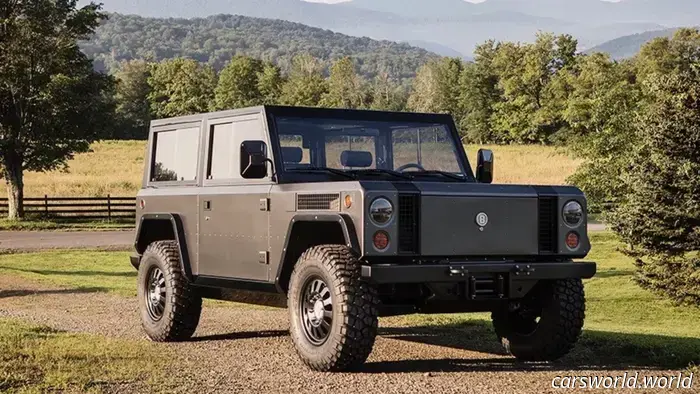
Inside Bollinger's Daring Transition: How the Electric Vehicle Manufacturer is Transforming Its Identity
Bollinger
The most significant automotive news and reviews, without the nonsense.
Our free daily newsletter delivers the stories that truly matter straight to you, every weekday.
A few months back, we reported on the decline of Bollinger Motors, a commercial-focused EV manufacturer located in Oak Park, Michigan, that seemed to be facing a swift demise. Following our article, a company spokesperson reached out to inform us that the situation wasn't as dire as our headline implied. Along with this message came an invitation: if anyone from our staff was nearby, we were welcome to visit and see what they are currently working on.
So that’s precisely what I did. But before diving into the updates, let's take a step back. Bollinger isn't universally recognized, and we typically don't cover commercial vehicles. To clarify how we arrived at this point, I’ll need to rewind a bit.
Conceived by Robert Bollinger, this aspiring EV truck manufacturer launched just before the COVID pandemic as one of the few legitimate participants in the heavy-duty electric truck and van sector. Their message was straightforward: electric vehicles can perform tasks just as effectively as their petroleum-powered counterparts, and it is entirely feasible to develop a simple, durable commercial vehicle design centered around batteries.
“Robert Bollinger was in upstate New York with a vision he had on his organic farm,” said Jim Connelly, Chief Revenue Officer of Bollinger, from behind his desk at headquarters. “He was driving his pickup and grew weary of having to travel far to refuel. As a strong advocate for green initiatives, he thought, ‘Why can’t I find an electric truck that’s enjoyable to drive?’”
In a true embodiment of American entrepreneurial spirit, he created one. Blending elements of both the Hudson and Silicon Valleys, the project began in Bollinger’s garage until it outgrew the space. He then decided to relocate all operations to the heart of U.S. auto manufacturing: Southeast Michigan. Bollinger initially established its base in Ferndale, just a short drive down 11 Mile Road from its current location in Oak Park.
Outside, one of Bollinger’s B4 delivery vans awaited me. Considering the rapid pace of change in the EV industry, a five-year-old design might feel outdated, but the 800-volt system was designed with future readiness in mind and remains more than sufficient for its intended use. When feedback from customers came in, Bollinger acted accordingly.
Previously, the truck’s charging ports and jumper masts were situated on opposite sides of the vehicle. After customer inquiries about this setup, the company assigned engineers to streamline the layout. Now, those features are consolidated on the same side of the chassis. Connelly mentions this adaptability as an advantage for smaller firms, providing them a slight edge over established automakers. More updates are expected with the 2026 model year, which will commence once Bollinger completes its transition of manufacturing operations from Roush in Michigan to their new facility in Mississippi.
“When you start with a ‘purpose-built’ mindset and consider the customer, making adjustments based on their expectations or desires, you’re creating a win-win product,” Connelly explained.
“I believe our product is exceptional, and at this juncture, we need to move past the noise surrounding tariffs and incentives and concentrate on connecting with customers, getting drivers into seats, and promoting our vehicles,” Connelly stated. “Once we have customers driving them, it’s a mutually beneficial situation since everyone who has driven it has enjoyed the vehicle.”
I can understand why. The B4 features a cab-over design, yet there’s barely a cab above since there’s no engine. At 18 feet long, the B4 is comparable to a midsize U-Haul. It not only smells better than the average rental truck but is also much more pleasant to operate.
Bollinger’s narrow chassis (as seen below) does lead to a lengthy vehicle, but the trade-off is a remarkably tight turning radius. It’s so compact that Connelly advised me repeatedly to take turns wide, as the surprisingly quick steering could lead to a false sense of security. With a turning circle of 42 feet, it’s only 1.2 feet wider than a four-door Jeep Wrangler’s, but a too-quick turn risks damaging nearby landscaping with its sturdy frame.
There’s nothing particularly remarkable about how the B4 drives, except that it’s quieter and smoother than any gasoline or diesel-powered alternative, but “special” isn’t really the goal with a delivery van. It’s meant to function well, and it does. If you were handed the keys to one tomorrow, you wouldn’t realize the B4 was nonexistent five years ago.
While commercial trucks and vans are crucial components for logistics providers, they aren’t particularly glamorous. Bollinger recognized this, which is why their initial marketing targeted not the typical business crowd, but the broader public. Remember the B1 and B2? We certainly do.
That’s the B





Other articles
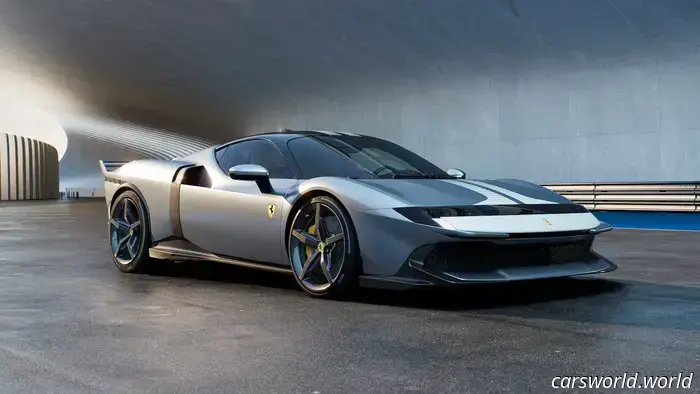 The Ferrari Testarossa makes a comeback, boasting 1,036 horsepower and a rear wing inspired by designs from the 1970s.
The 849 Testarossa is Ferrari's follow-up to the SF90 Stradale. We only wish it featured pop-up headlights.
The Ferrari Testarossa makes a comeback, boasting 1,036 horsepower and a rear wing inspired by designs from the 1970s.
The 849 Testarossa is Ferrari's follow-up to the SF90 Stradale. We only wish it featured pop-up headlights.
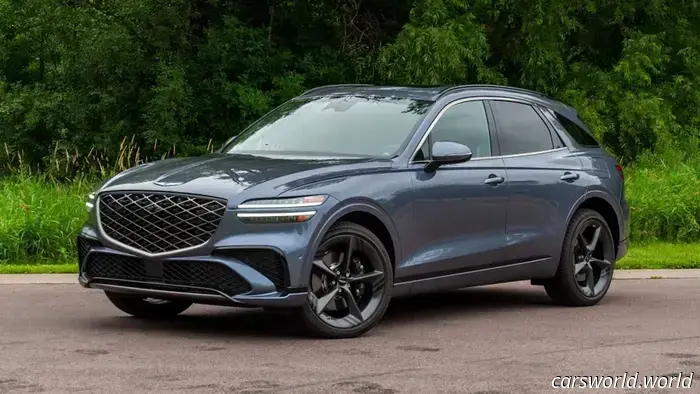 2026 Genesis GV70 Review: This is How Luxury SUVs Should Be Crafted.
Hey Germany, you’re being outperformed at your own game.
2026 Genesis GV70 Review: This is How Luxury SUVs Should Be Crafted.
Hey Germany, you’re being outperformed at your own game.
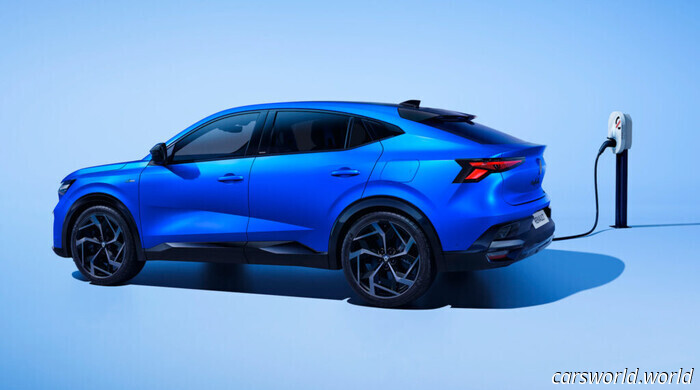 Aston Martin Created Two Remarkable Convertibles That Will Make You Overlook Their Outlandish Names | Carscoops
Q by Aston Martin has launched special editions of the DB12 Volante and Vanquish Volante featuring custom enhancements both inside and out.
Aston Martin Created Two Remarkable Convertibles That Will Make You Overlook Their Outlandish Names | Carscoops
Q by Aston Martin has launched special editions of the DB12 Volante and Vanquish Volante featuring custom enhancements both inside and out.
 Ridge Racer brought the arcade racing experience into homes 30 years ago today.
Ridge Racer brought 3D racing games from the arcades into the cozy environment of your home with the PlayStation. Thirty years later, it's still just as fun.
Ridge Racer brought the arcade racing experience into homes 30 years ago today.
Ridge Racer brought 3D racing games from the arcades into the cozy environment of your home with the PlayStation. Thirty years later, it's still just as fun.
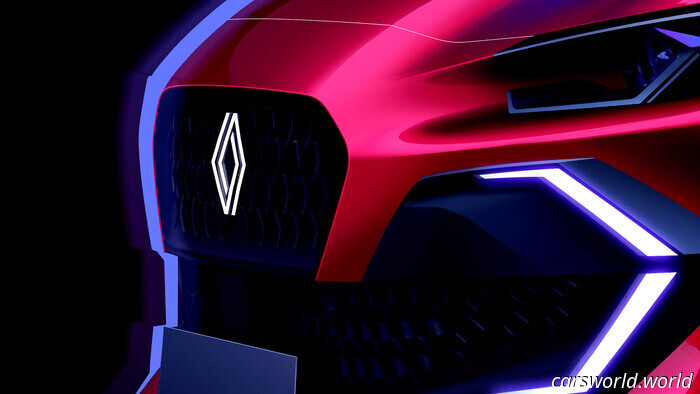 The Upcoming Quick Renault Is Arriving Soon, and It May Not Be What You Anticipate | Carscoops
The French car manufacturer plans to present "a few proposals" for sporty models in the upcoming year.
The Upcoming Quick Renault Is Arriving Soon, and It May Not Be What You Anticipate | Carscoops
The French car manufacturer plans to present "a few proposals" for sporty models in the upcoming year.
 Why are individuals still investing thousands in tents that connect to vehicles?
Thule created a hitch-mounted tent to surpass rooftop tents. I'm not entirely sold on the idea that tents need to be connected to vehicles.
Why are individuals still investing thousands in tents that connect to vehicles?
Thule created a hitch-mounted tent to surpass rooftop tents. I'm not entirely sold on the idea that tents need to be connected to vehicles.
Inside Bollinger's Daring Transition: How the Electric Vehicle Manufacturer is Transforming Its Identity
This spirited electric truck startup currently focuses solely on the commercial market, but it still aims to create an enjoyable 4x4 vehicle.
